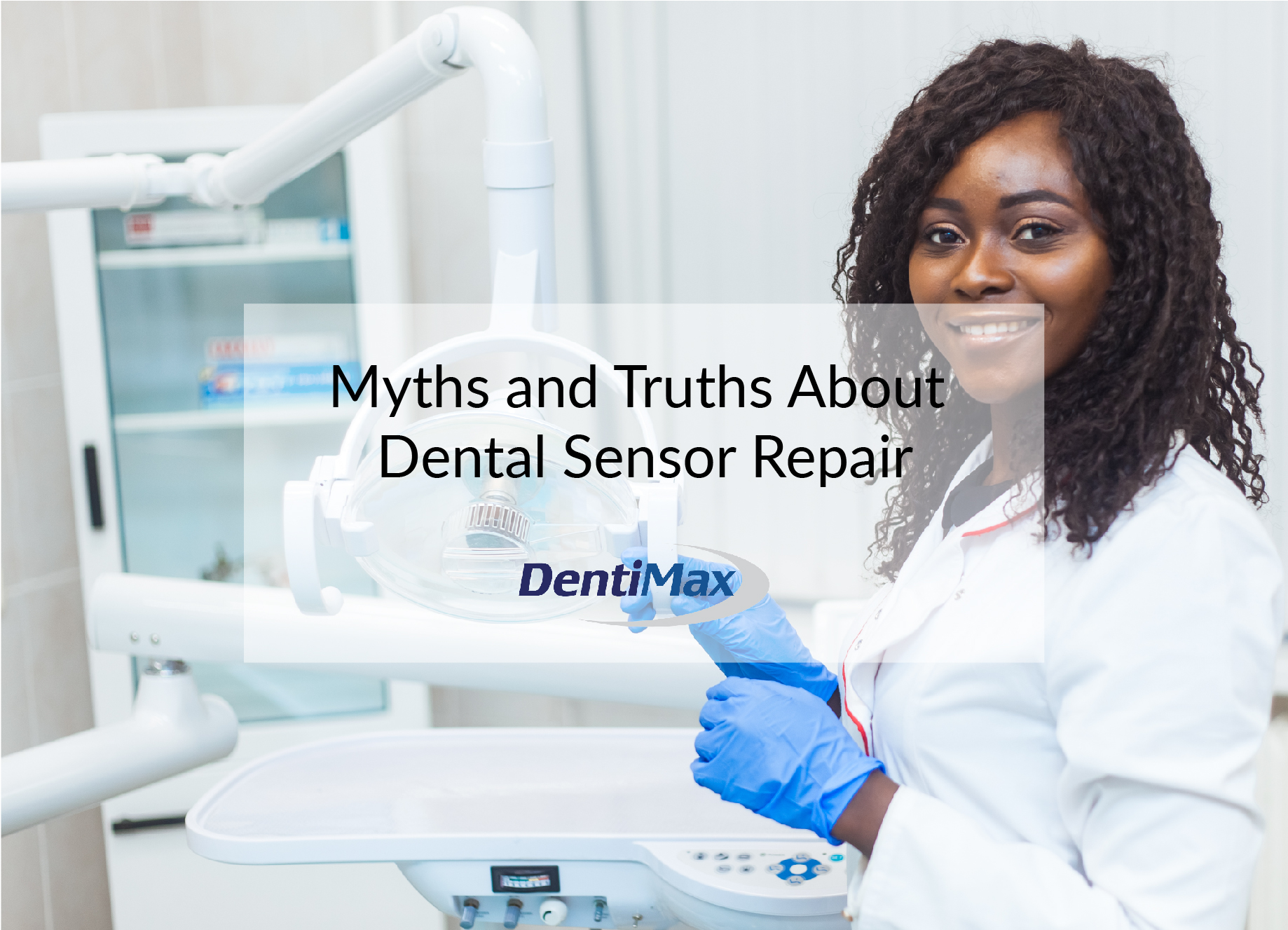
Dental equipment is subjected to wear and tear daily. Certain equipment is subject to more use than others. In some situations the risk of damage is greater than others. Digital X-ray sensors may be somewhere towards the top on both lists. When you have thousands of dollars invested in sensors it’s important to know what kind of coverage is protecting your equipment. It’s also important to know what your options are in case of an incident and costs might be involved. So let’s dispel some sensor myths.
Sensor Myth #1: Damage to the hardware within the sensor can be fixed.
A digital X-ray sensor, when simplified, consists of layers of hardware that make up a module, a housing encasing the module, and an attached cable that runs data and power between the sensor and the computer. If any component within the module breaks it needs to be replaced. It’s a common assumption that if a component inside the housing breaks it can be repaired or replaced; much like changing out a graphics card on a desktop computer. This is not possible due to the way digital X-ray sensors are assembled. The layers of hardware that make up the module are sealed together before enclosed in the housing. Caution and care must be taken when handling sensors in order to prevent accidental damage to the delicate hardware.
Sensor Myth #2: Sensor cables are not repairable.
Typically one can repair the cable, USB end, and connection point on the housing, regardless of the sensor. A common point of stress on digital X-ray sensors is where the cable connects to the sensor housing. Several sensor manufacturers understand this and create a way to replace and repair damage to this area. Some companies don’t offer cable replacements on their sensors at all. There are many third party companies that can help to repair a sensor that is not supported by its manufacturing company of has fallen out of step in its warranty.
Sensor Myth #3: It’s better to fix it yourself.It is common for companies that sell X-ray sensors to offer monthly warranties and support much like traditional insurance. Depending on the plan you pay for you may get a replacement sensor outright or have a deductible to pay. If minor damage occurs to a sensor you may want to pay for a cheaper third party to repair it. This may be cheaper than the deductible. If, however, repairs are not covered or offered through your warranty plan you will likely void the manufacturer warranty. Typically, the sensors warranty is going to cover you better and save you from spending too much of your own money.
No More Sensor MythsIt’s extremely important to understand what you’re getting yourself into ahead of time when purchasing sensors. Keep in mind factors like Sensor cost, image quality, manufacturer warranty, extended warranty, replacement costs, repair costs, and support fees when deciding which sensor to use in your office. Investigate the hidden costs associated with buying sensors and do what’s best for your office and your budget.






